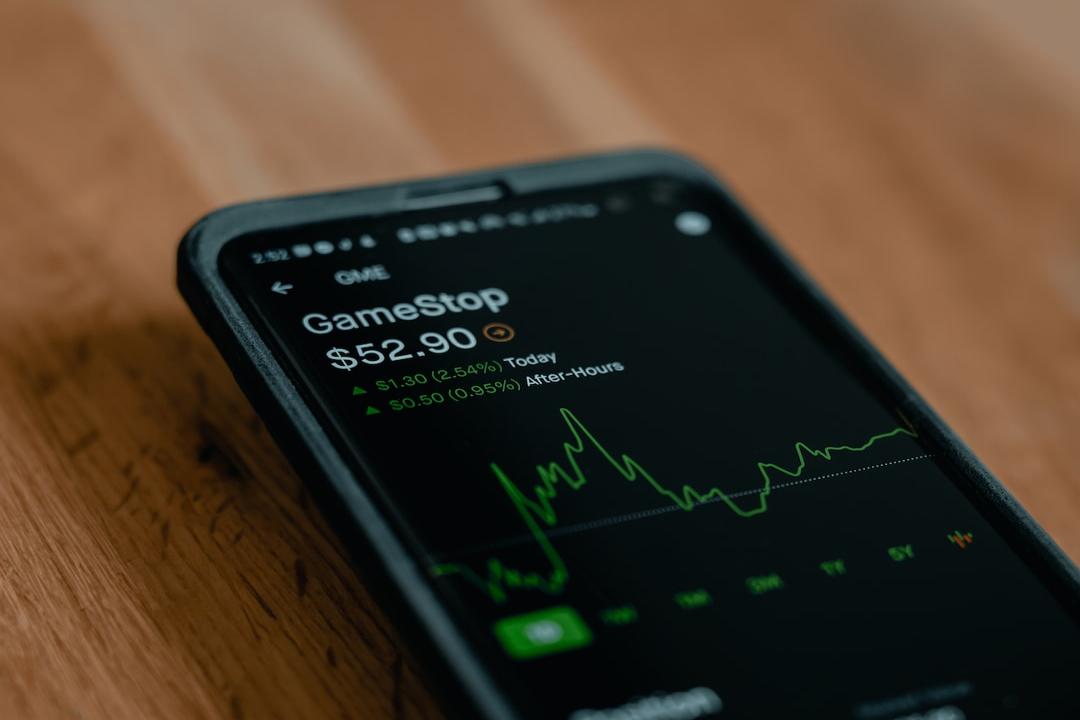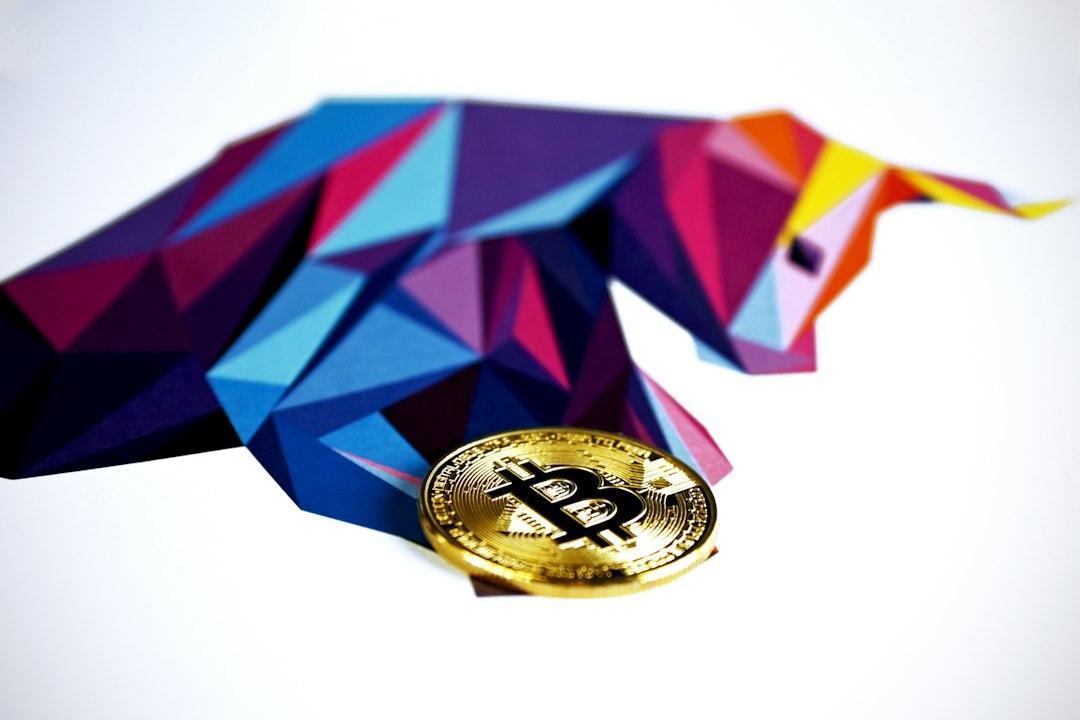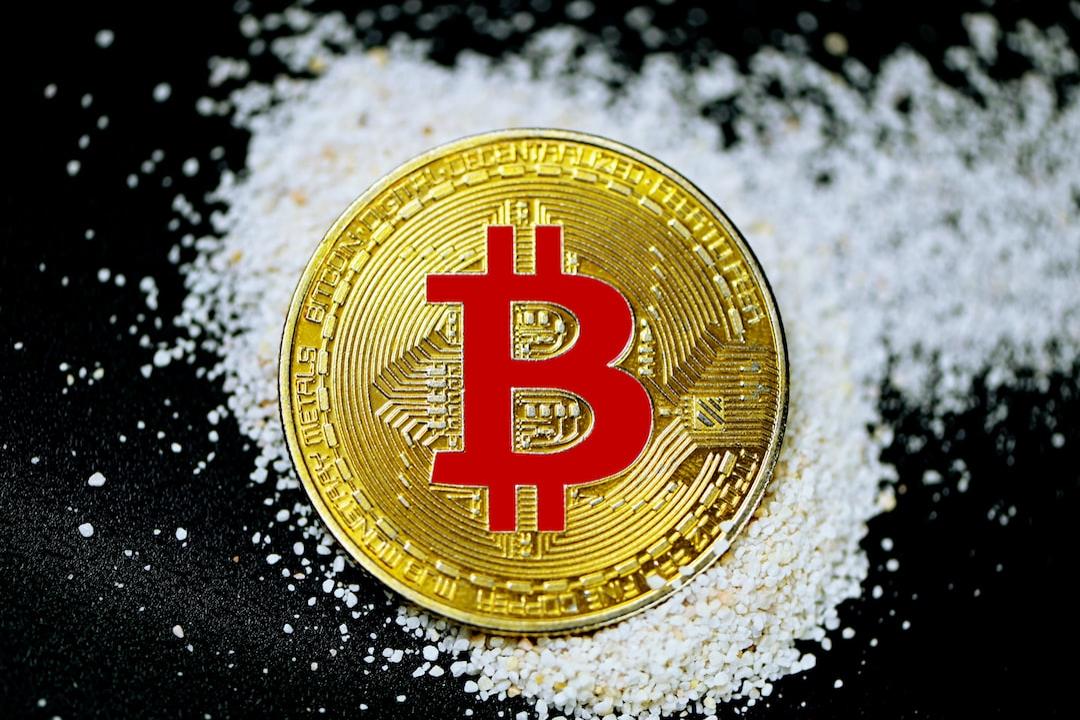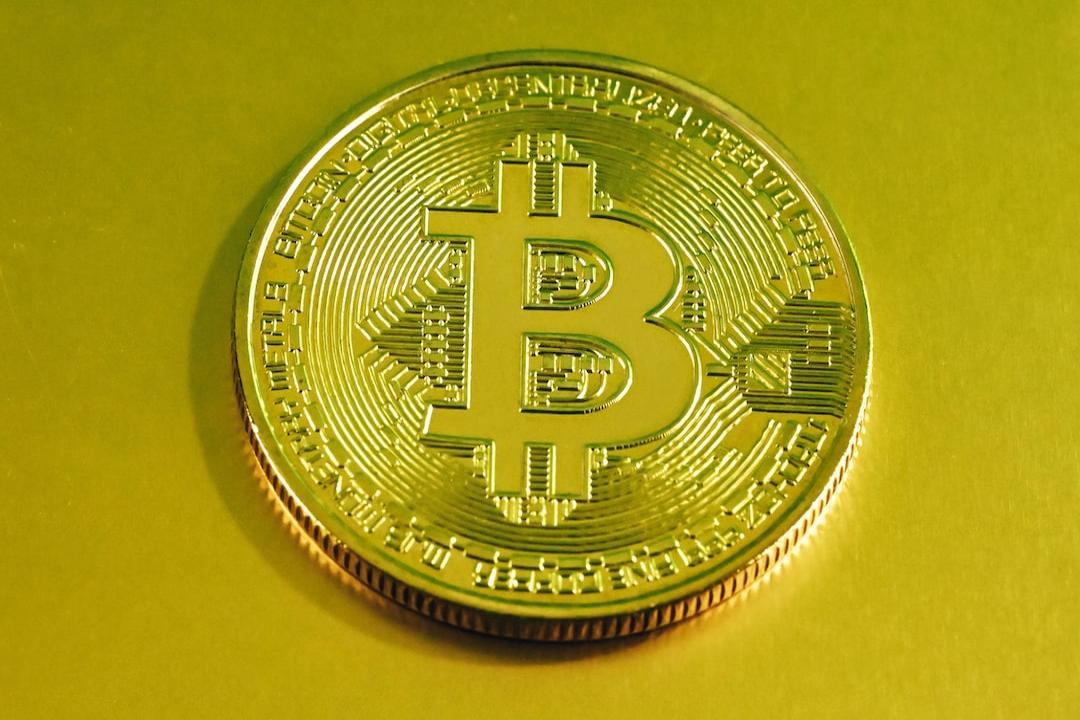U.S. President Trump Declares April 2nd as “Liberation Day”
U.S. President Trump has designated April 2nd as “Liberation Day,” announcing the implementation of over 20% “reciprocal tariffs” on goods from more than 25 countries, affecting an amount as high as $1.5 trillion. As countries retaliate, this global trade storm has severely hit markets and confidence, leading to fundamental changes in future global inflation, supply chains, and economic conditions.
As “Liberation Day” Approaches, Will Harsh Reciprocal Tariffs Take Effect?
The “Liberation Day” that Trump has mentioned for weeks is approaching. According to financial media Kobeissi Letter, starting April 2nd, the U.S. will impose over 20% “reciprocal tariffs” on imported goods from over 25 countries, covering steel, aluminum, energy, automobiles, Chinese goods, and other areas worth hundreds of billions of dollars, marking the largest trade war in history. In addition to existing tariff measures, a 25% automobile tariff will be implemented this week, along with additional tariffs on countries trading oil with Venezuela. Trump has also hinted that pharmaceutical tariffs will soon be introduced, showcasing a tough protectionist stance, indicating that this trade war is entering a fully activated phase.
Countries’ Retaliation Triggers “Tariff Domino Effect,” The Largest Trade War in History Takes Shape
The U.S. high-pressure tariff policy has triggered a global chain reaction, with Canada imposing $21 billion in retaliatory tariffs on U.S. goods, China targeting agricultural products with tariffs of 10% to 15%, the EU promising to take equivalent countermeasures, and Mexico set to announce its countermeasures on April 3rd.
Kobeissi Letter describes this situation as “reciprocal tariffs on reciprocal tariffs,” which could evolve into the largest trade conflict in history: the average U.S. tariff rate has risen to 8%, reaching a new high since 1970, with expectations that by the end of this month it will surpass the 1946 record, facing comprehensive structural risks to global supply chains and multilateral trade systems. At the same time, the uncertainty index of economic policies is 80% higher than during the 2008 financial crisis. Stock market volatility has intensified, with the S&P 500 down 5% year-to-date, while gold prices have surged nearly 17%, reflecting a surge in safe-haven demand. In just two months, gold ETFs have seen a net inflow of $12 billion.


Trump has further stated that if Iran does not comply with the nuclear agreement, military strikes will be conducted, and secondary tariffs of up to 50% will be imposed on Iranian and Russian oil. Barclays predicts that key industries such as automobiles, pharmaceuticals, and semiconductors will face severe blows, potentially impacting the overall supply chain and global production layout.
U.S. Consumer Confidence Plummets, Tariffs Ignite Inflation and Recession Concerns
Additionally, the U.S. consumer confidence index has dropped 20 points to 57, returning to the low point of the 2008 financial crisis. Just from automobile tariffs, it is estimated that there will be an annual impact of $275 billion on imports, while the Trump administration expects to generate $600 billion in annual revenue from tariffs, which is equivalent to twice the scale.


According to statistics, during the first round of the trade war, PCE prices for goods affected by tariffs rose by 4%, while the prices of unaffected items fell by 2%. Experts predict that inflationary pressures will fully rebound starting from the second quarter of 2025, potentially forcing central banks worldwide to reconsider monetary policies.
Funds Exit the Stock Market, Global Financial Markets Reach a Turning Point
In the face of this sudden tariff storm, institutional funds are withdrawing from the stock market at a historic pace, with the market capitalization of tech stocks like the Magnificent 7 evaporating by over $3 trillion. Trump has also announced the establishment of the “External Revenue Service” to strengthen tariff collection and enforcement.

Kobeissi Letter warns that Monday’s futures opening will be unusually volatile, and investors should adjust their asset allocation to cope with the potential for high volatility in the coming months: the market is facing multiple overlapping risks: economic slowdown, rising inflationary pressure, and geopolitical instability. Investors should adjust their asset allocation to prepare for a deep volatility period that may arise in the coming months.
Will a New Global Economic Order Emerge? The Tariff War May Rewrite Industry and Geopolitical Landscapes
This sudden “tariff storm” has transcended mere economic means and is reshaping the global economic order. Multinational corporations may face pressure to reorganize their supply chains, while smaller countries struggle to withstand the chain reaction of reciprocal tariffs. Some observers warn that if retaliatory actions escalate into capital and technology blockades, a new wave of global economic cold war may be triggered. Now, April 2nd’s “Liberation Day” could represent a watershed moment in U.S. trade policy or the beginning of global economic upheaval. With consumer confidence collapsing and market signals chaotic, investors urgently need to remain vigilant and develop risk strategies to prepare for a potential shock that could reshape the global economic landscape.
Risk Warning
Cryptocurrency investments carry high risks, and their prices may fluctuate dramatically, potentially resulting in a total loss of principal. Please assess risks cautiously.

